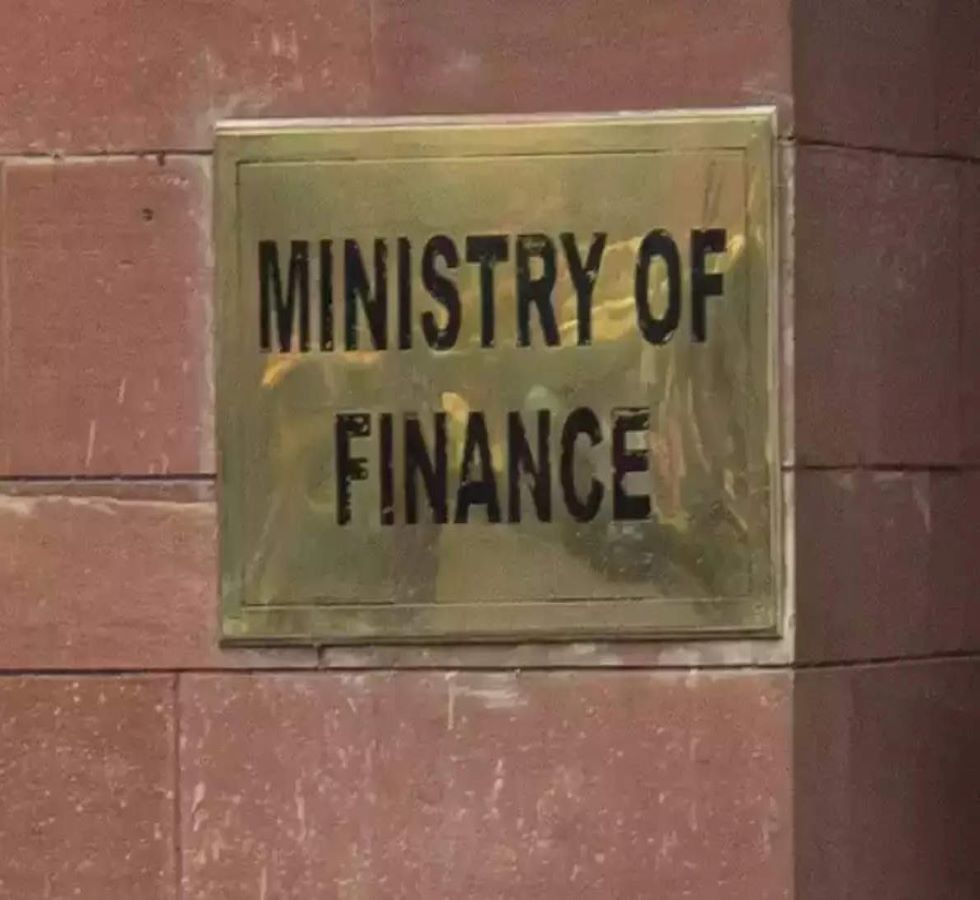An Analysis of Changing Rural-Urban Consumption Pattern in India
July 5, 2020
International Journal of Business and Management Invention
ISSN (Online): 2319 – 8028, ISSN (Print): 2319 – 801X
www.ijbmi.org || Volume 5 Issue 11 || November. 2016 || PP—63-75
F
iscal deficit measures the incremental amounts that governments are required to borrow in order to finance their budget shortfalls. The concept has gained significance in recent times with the IMF imposing strict restrictions and monitoring of the levels of fiscal deficit that economies can run if they have taken support or are going to request support from the IMF. India too started to monitor Fiscal Deficit after it had to solicit support from the IMF to resolve the balance of payment crisis of 1991. This study traces the major changes in the India’s fiscal policy since 1980-81 through the country’s balance of payments crisis of 1991, the post economic liberalisation and high growth period, the introduction of FRBM Act in 2003, adjustment to the global financial crisis of 2008 and the recent post-crisis changes to return to a path of fiscal consolidation The study found that from 1980-81 to 2002-03 the periods of crisis led to the burgeoning of the deficit to unsustainable levels and prompted the government to introduce and adopt economic reforms to ensure that the deficit stood at more reasonable levels. However since 2003-04 the government has been more proactive and has undertaken fiscal policy reforms to ensure a steady reduction in fiscal deficit as a percentage of GDP leading to a more resilient economy.
T
o designate the deficit budget of the Government the usage of the term fiscal deficit has become very common. The term has been widely used to denote the financial strength of the economy and is actively monitored by economists and analysts. The government also considers this as one of the most important statistic and not only publishes this along with other budgetary numbers but also computes the expected fiscal deficit when it presents its annual budget and moreover provides guidance on what the expected level of fiscal deficit would be for the coming years. To put simply, Fiscal deficit is an “economic phenomenon, where the Government's total expenditure surpasses the revenue generated. It is the difference between the government's total receipts (excluding borrowing) and total expenditure. Fiscal deficit presents a more comprehensive view of budgetary imbalances”
To Cite the article (APA Style):
Gupta, S., & Singh, K. (2016). Fiscal Deficit and its Trends in India. International Journal of Business and Management Invention, 5(11), 63-75. Retrieved from https://www.ijbmi.org/papers/Vol(5)11/H0511063075.pdf







